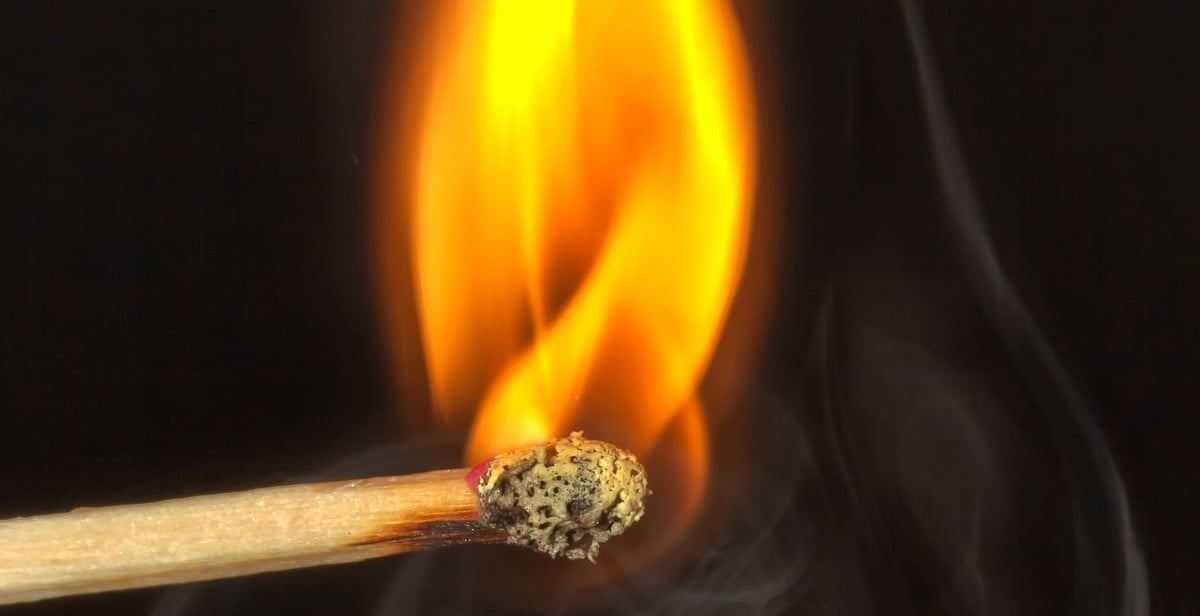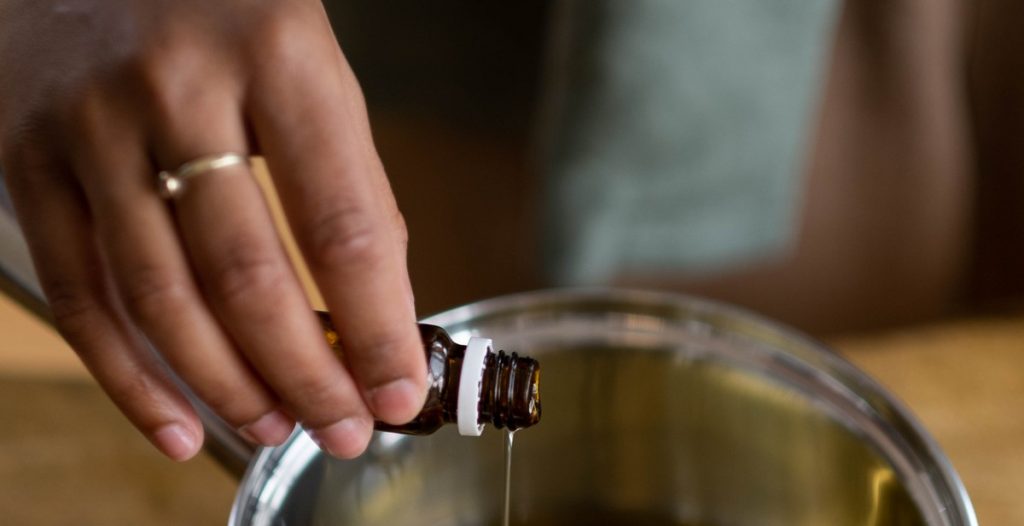The Impact of the Invention of the Matchstick on Candle-making and Usage
Candle-making is an ancient craft that dates back to the Egyptians, who used rushlights or beeswax candles. The Romans developed the first wick candle by dipping rolled papyrus in melted tallow or beeswax. In the Middle Ages, candles were made from animal fat or tallow, and tallow candles were the most common type of candle until the 19th century.
With the invention of the matchstick in the 19th century, candle-making and usage underwent a significant transformation. The matchstick made it easier to light candles, and it also made candles more accessible to the general public. Before the matchstick, candles were lit using flint and steel, which was a laborious and time-consuming process.
The matchstick also led to the development of new types of candles, such as the paraffin wax candle, which burns cleaner and brighter than tallow candles. The invention of the matchstick revolutionized candle-making and usage, making it more convenient and accessible to people all over the world.

The Invention of the Matchstick
The matchstick is a small but essential tool that has been used for thousands of years to start fires. The first matches were invented in China during the Tang dynasty around 577 AD. These early matches were made of sulfur and pine sticks, which were dipped in a mixture of sulfur and saltpeter and then lit to create a flame.
However, it wasn’t until the 19th century that the modern matchstick was invented. In 1826, a chemist named John Walker accidentally discovered that a stick coated in a mixture of sulfur and potassium chlorate would ignite when struck against a rough surface. He called his invention a “friction match,” and it quickly became popular for lighting candles, stoves, and lamps.
The Impact on Candle-Making
The invention of the matchstick had a significant impact on candle-making. Prior to the invention of the matchstick, candles were the primary source of light for people, and they were difficult to light. Candles were typically made of tallow or beeswax, which required a flame to melt the wax and create a wick. This meant that people had to keep a burning ember or hot coal nearby to light their candles.
With the invention of the matchstick, lighting candles became much easier and safer. People no longer needed to keep a hot coal or ember nearby to light their candles. Instead, they could simply strike a match and light the candle’s wick. This made candles much more accessible and convenient, and it also made them safer to use.
The matchstick also had an impact on the types of candles that people used. Prior to the invention of the matchstick, candles were primarily used for lighting. However, with the ease of lighting candles using matches, they became more popular for decorative and aromatic purposes. People began to use candles to create ambiance, to mask unpleasant odors, and to add fragrance to their homes.
Conclusion
The invention of the matchstick revolutionized the way people lit candles and had a significant impact on candle-making. The matchstick made candles more accessible and convenient to use, and it also expanded the range of candles available to people. Today, candles are still widely used for lighting, decoration, and fragrance, and the matchstick remains an essential tool for lighting candles and other objects.

Changes in Candle-Making
With the invention of the matchstick, candle-making and usage underwent significant changes. One of the most notable changes was the shift from tallow to wax as the primary material for making candles.
Shift from Tallow to Wax
Tallow, a byproduct of animal fat, was the most common material for making candles before the invention of the matchstick. However, tallow candles had several drawbacks. They produced a foul odor when burned, emitted a lot of smoke, and had a short burn time. Wax, on the other hand, burns cleanly and has a longer burn time, making it a superior material for candle-making.
With the increased demand for wax candles, the production of beeswax and paraffin wax increased significantly. Beeswax candles were expensive and used primarily for religious purposes, while paraffin wax was a cheaper alternative that became widely used for commercial candle-making.
Innovation in Candle-Making Techniques
The invention of the matchstick also led to innovation in candle-making techniques. With the increased demand for candles, manufacturers needed to find ways to produce them more efficiently. One of the most significant innovations was the use of molds to shape candles. Molds allowed for the production of candles in various shapes and sizes, making them more appealing to consumers.
Another significant innovation was the addition of fragrances to candles. While candles had been scented before, the invention of the matchstick allowed for the production of more complex scents. This innovation made candles not only a source of light but also a means of creating a pleasant atmosphere in homes.
| Material | Advantages | Disadvantages |
|---|---|---|
| Tallow | Cheap and readily available | Produces foul odor and smoke, short burn time |
| Beeswax | Burns cleanly, long burn time, pleasant scent | Expensive, used primarily for religious purposes |
| Paraffin Wax | Cheap, burns cleanly, long burn time | Not a natural material |
In conclusion, the invention of the matchstick had a significant impact on candle-making and usage. The shift from tallow to wax, and the innovation in candle-making techniques, led to the production of candles that were cheaper, burned cleaner, had longer burn times, and were more appealing to consumers.

Impact on Candle Usage
The invention of the matchstick had a significant impact on candle-making and usage. Prior to the invention of the matchstick, lighting a candle required a tedious process of striking a flint and steel together to create a spark, which would then be used to light a piece of tinder. This process was time-consuming and often resulted in the loss of the candle flame, as the tinder could easily be extinguished before it reached the wick.
Increased Accessibility
The invention of the matchstick made lighting a candle much more accessible and convenient. With the ability to easily light a match, candles could be lit quickly and without the need for additional tools or materials. This increased accessibility led to a rise in candle usage, as people no longer had to go through the hassle of lighting a candle.
Changes in Candle Design and Usage
The increased accessibility also led to changes in candle design and usage. With the ability to easily light a candle, candles no longer needed to be designed with long wicks or in shapes that made them easy to light. Instead, candles could be designed for aesthetic purposes or with unique shapes and sizes that were previously impractical.
Additionally, the increased accessibility of candle lighting led to changes in candle usage. Candles were no longer reserved for special occasions or emergency situations. Instead, they became a staple in everyday life, used for both functional and decorative purposes.
| Functional Uses | Decorative Uses |
|---|---|
|
|
Overall, the invention of the matchstick had a significant impact on candle-making and usage. It increased accessibility, led to changes in candle design, and made candles a staple in everyday life for both functional and decorative purposes.

Conclusion
The invention of the matchstick revolutionized the way candles were made and used. Prior to its invention, candles were lit using flint and steel, which was a tedious and time-consuming process. With the invention of the matchstick, lighting a candle became much easier and more convenient.
Additionally, the matchstick led to the development of new types of candles, such as scented candles and decorative candles, which were not possible with the old method of lighting candles. This led to an increase in the popularity of candles and their use in homes, offices, and other settings.
However, the invention of the matchstick also had its downsides. The increased use of candles led to a higher risk of fire accidents, which could be dangerous and even fatal. As a result, safety measures such as the use of candle holders and extinguishers became more important.
Overall, the invention of the matchstick had a significant impact on candle-making and usage. It made lighting candles easier and more convenient, and led to the development of new types of candles. However, it also increased the risk of fire accidents, which emphasized the importance of safety measures.
References
- Smithsonian Magazine. (2016). The Surprisingly Interesting History of the Match. Retrieved from https://www.smithsonianmag.com/innovation/surprisingly-interesting-history-match-180959241/
- CandleScience. (n.d.). History of Candles. Retrieved from https://www.candlescience.com/learning/history-of-candles



